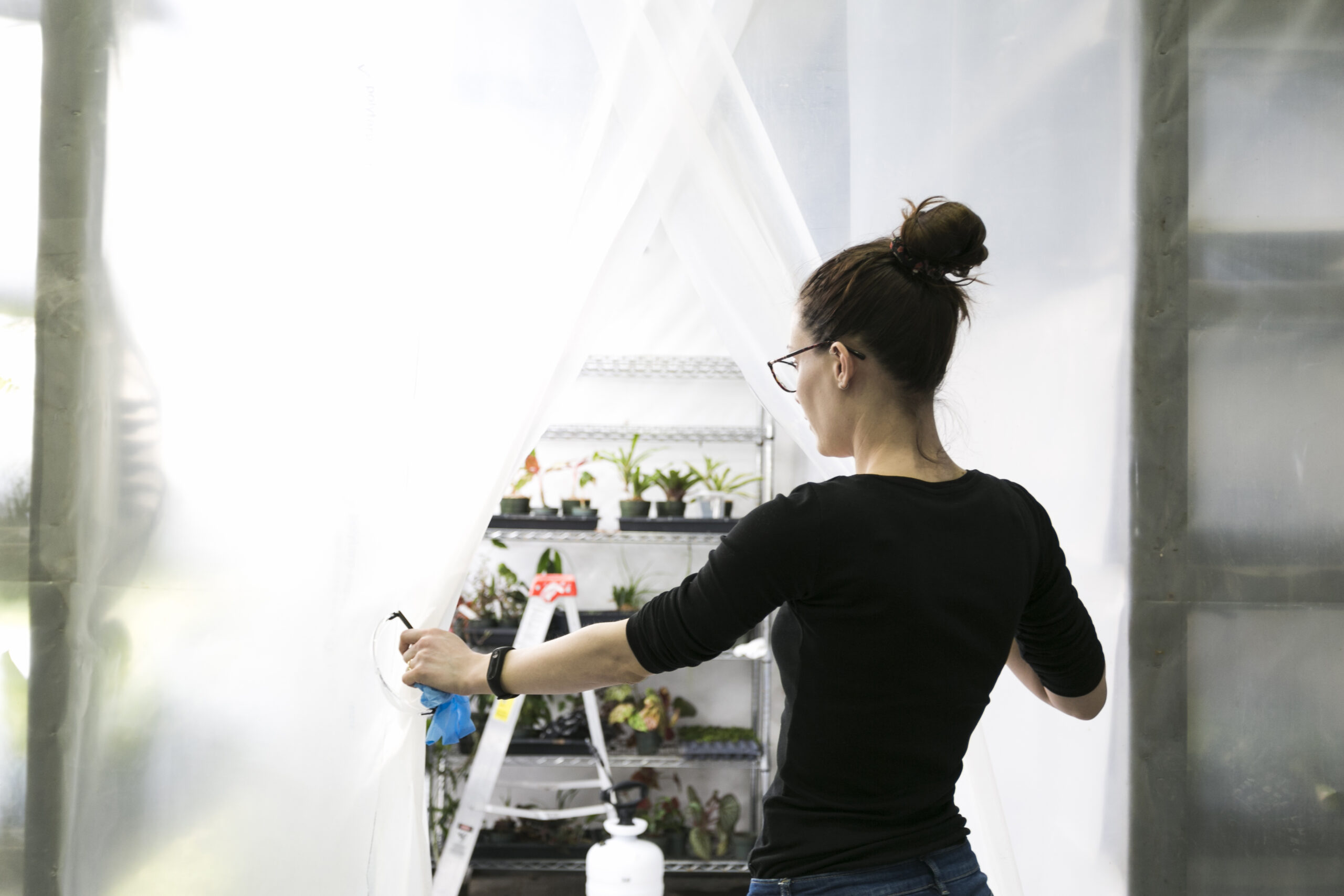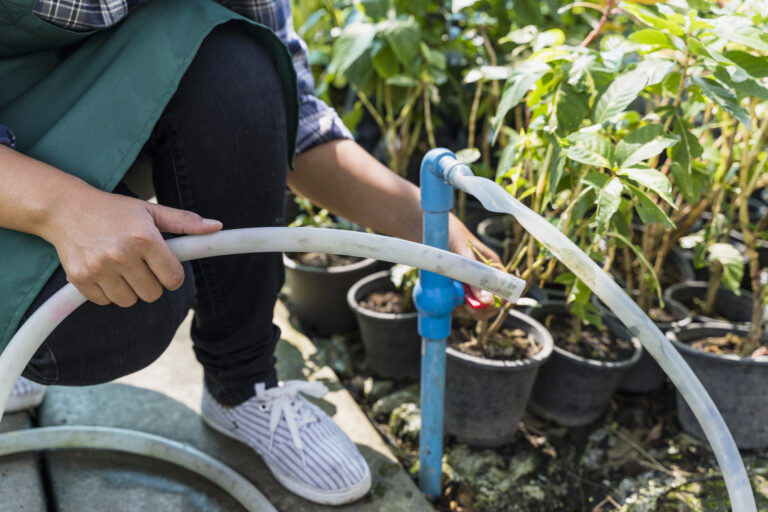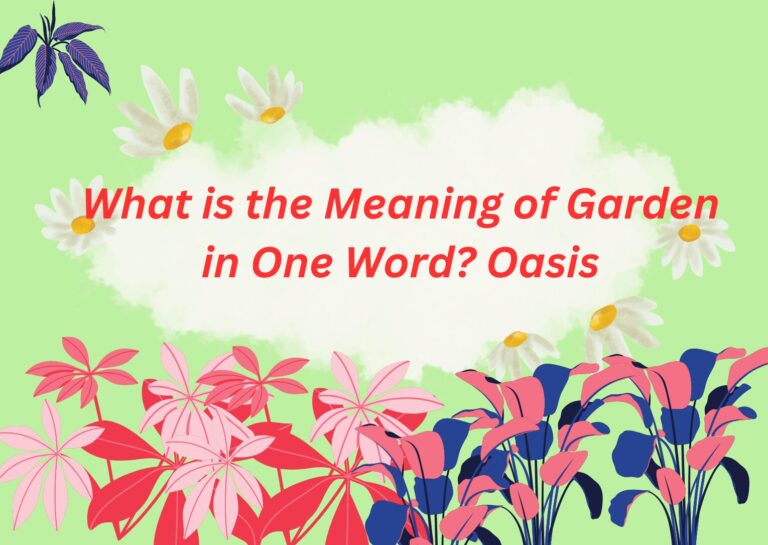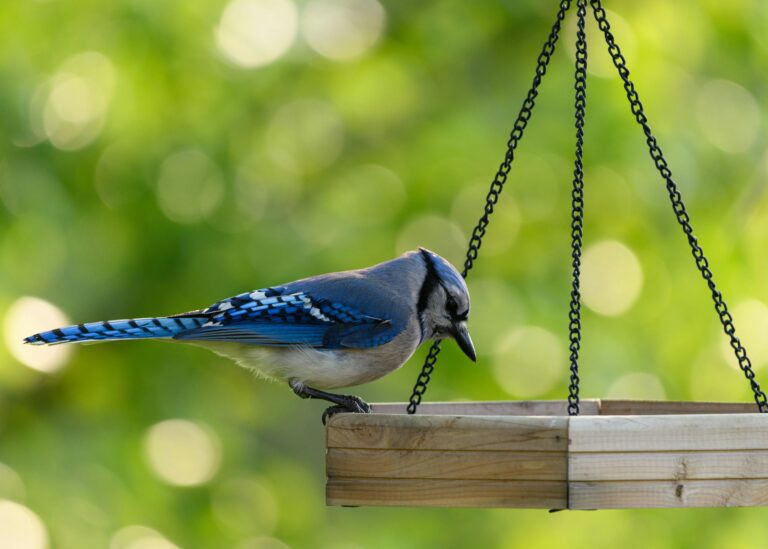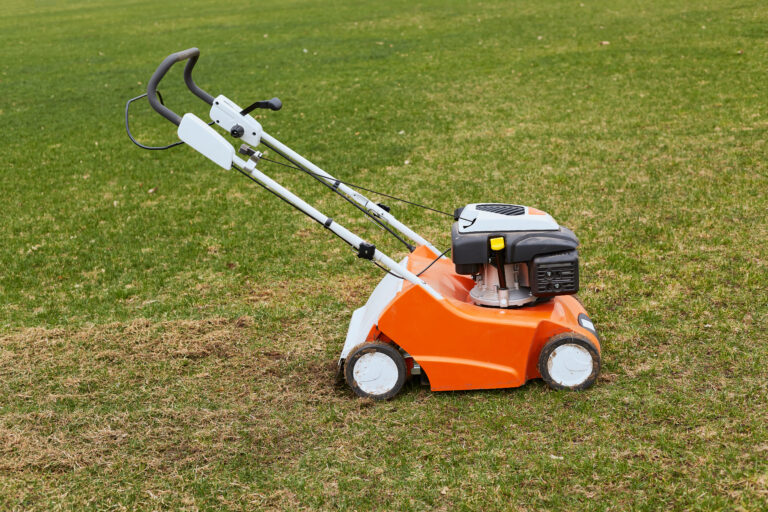Shade Cloth vs. Greenhouse Paint Which Is Best for Your Garden?
I’ve spent years experimenting with different greenhouse shading methods across various climates, and if you’re gardening in the United States, especially in zones with intense summer heat, shading isn’t optional it’s essential.
I’ve seen firsthand how unshaded greenhouses can turn into ovens, stressing plants and reducing yields. That’s why I want to share what I’ve learned and help you choose the right solution.
Greenhouse shading is the practice of controlling how much sunlight enters your greenhouse. It’s not just about keeping things cool.
It’s about creating a stable environment where plants can thrive. Too much light can lead to overheating, leaf burn, and rapid water loss. Too little light can stunt growth. The goal is balance.
In my experience, the two most practical options are shade cloth and greenhouse paint. Each has its strengths. Shade cloth gives you flexibility.
You can adjust it, remove it, and reuse it. I’ve used it on my own greenhouse and appreciated how easy it was to install and reposition throughout the season.
Greenhouse paint, on the other hand, offers a quick and affordable way to reduce light intensity.
I’ve applied it during peak summer months and noticed a significant drop in internal temperature. It’s ideal if you want a seasonal fix without investing in hardware.
If you’re looking for the best way to protect your plants from scorching sun, let’s compare these two contenders.
I’ll walk you through the pros and cons, share product recommendations, and help you decide which method fits your climate, budget, and gardening style.
I’d love to hear what’s worked for you. Have you tried either method? Are you facing specific challenges with your greenhouse setup?
Let’s connect and discuss. I’ll keep this guide updated with the latest reviews and techniques so it stays relevant and useful.
What Is Shade Cloth?
Shade cloth is a breathable fabric designed to reduce sunlight intensity inside a greenhouse. It’s typically made from high-density polyethylene (HDPE) and comes in two main types: knitted and woven.
- Knitted shade cloth is flexible, resists tearing, and doesn’t unravel when cut. I’ve used this type for years because it’s easy to handle and adapts well to curved or irregular structures.
- Woven shade cloth is more rigid and structured. It offers a tighter weave and denser shading but can fray if damaged. It’s better suited for flat, fixed installations.
Shade Percentages and Plant Suitability
Shade cloths are rated by how much sunlight they block ranging from 30% to 90%. Choosing the right percentage depends on your crop and climate:
| Shade % | Best For |
|---|---|
| 30–40% | Tomatoes, peppers, squash |
| 50–60% | Lettuce, spinach, salad greens |
| 70–90% | Orchids, ferns, shade-loving flowers |
Reliable Garden Protection with e.share 40% Shade Cloth – A Must-Have for Summer Heat
I installed the e.share 40% Shade Cloth in my small backyard garden during a heatwave last month. The difference in temperature under the cover was immediately noticeable. My herbs and lettuce stayed cooler and looked less stressed.
The fit was spot-on for my 3×6 raised bed. It didn’t sag or flap around. The grommets every two feet made hanging super easy with zip ties. I appreciated that I didn’t need extra hardware.
What stood out to me was how lightweight and breathable the mesh felt.
Air still flows through, but the sun is cut just enough to protect my more delicate plants. Watering is simple too I can spray right through the fabric without removing it.
It also held up well through two rainstorms and a windy afternoon. The polyethylene material feels like it will last more than one season. I’ve used cheaper tarps before, and they ripped fast. This one shows no signs of wear.
Another bonus? It kept some early morning frost off my young tomatoes in spring. I didn’t expect that kind of insulation from a summer shade cloth.
If you garden in direct sun or deal with extreme heat, this is worth trying. It’s also great for chicken coops or greenhouse windows. I already bought a second one for my pepper patch.
Let’s connect if you’ve used this in larger hoop houses or pergolas. I’m curious how it scales.

| Pros | Cons |
|---|---|
| Lightweight yet durable material | Only 40% shade—not for full sun block |
| Easy to install with grommets | Not ideal for large structures without extra support |
| Breathable mesh for air flow | No included ties or fasteners |
| Allows water penetration | Single color choice (black) |
| Multi-use (garden, patio, coop) | Limited size options |
Cool Area 55% Shade Cloth Review: Durable and Effective Garden Protection
I put up the Cool Area 55% Shade Cloth over my garden beds last season. It made a noticeable difference right away.
The cloth provided just the right amount of shade, keeping my plants safe from harsh sunlight without blocking airflow.
The 6.5×16.5ft size fit well over my raised beds. Installation was simple with zip ties no tools needed. The special woven design made it strong and easy to secure without tearing.
This shade cloth blocks about 55% of the sun’s rays, which helped keep my garden cooler on hot days. It lets water and air pass through easily, so watering stayed hassle-free. The plants stayed healthy and photosynthesized well.
I also used it to shade a small chicken coop, and the temperature inside stayed comfortable for my hens. The cloth’s material feels sturdy yet lightweight and shows no signs of wear after months outside.
If you want a reliable, breathable sunblock that lasts for years, this shade cloth delivers. It’s perfect for greenhouses, patios, gardens, or even pet shelters.
Feel free to reach out if you want tips on setting it up or expanding coverage. I’m happy to share my experience and help fellow gardeners.

| Pros | Cons |
|---|---|
| Blocks 55% of sunlight for effective shade | Limited size for very large gardens |
| Allows air and water to pass through | Only available in black color |
| Tear-resistant and durable material | May need additional support in very windy areas |
| Easy to install with built-in grommets | Not fully waterproof |
| Lightweight and odorless |
What Is Greenhouse Paint?
Greenhouse paint is a temporary shading solution applied directly to the glazing (glass or plastic). It’s often made from chalk-based or latex formulations and can be weather-sensitive some paints turn transparent when wet and reappear when dry.
I’ve used Coolglass and Vitax Summer Cloud during peak summer months. They’re easy to apply with a brush or sprayer and wash off when the season changes.
Application and Seasonal Use
- Apply in late spring or early summer
- Remove in fall using water or a mild cleaner
- Ideal for glass, polycarbonate, or acrylic surfaces
Both methods have their place. I’ve found shade cloth better for long-term use and flexibility, while greenhouse paint works well for short-term, budget-conscious shading. If you’re in a region with unpredictable weather or want to experiment before committing, paint is a great starting point.
Let me know what kind of crops you’re growing or what climate zone you’re in—I can help you fine-tune your setup.
Simple Trending 3-Tier Plant Stand Review: Stylish, Sturdy, and Space-Saving
I recently set up the Simple Trending 3-tier plant stand in my living room and balcony. The expandable hanging rod feature caught my attention first. It adjusts from 29 to 45 inches, giving me flexible space to display my favorite hanging plants securely.
The metal frame feels solid and heavy duty. It’s made of thickened steel that resists rust and corrosion, which is perfect for my humid balcony. The protective pads at the bottom prevent floor scratches, keeping my space neat.
This plant stand fits perfectly in corners and tight spots. I managed to organize 15 pots without cluttering my area. I also use the shelves occasionally for small decor and storage, which adds value beyond just plants.
Assembly was straightforward with the clear manual and included tools. It took me less than 30 minutes from box to fully set up. The stand’s tall height of 64 inches makes it a great focal point for my plant collection.
If you want a reliable, multipurpose plant rack that looks great indoors and outdoors, this is a solid pick. The customer service team is responsive, which adds peace of mind.
Feel free to reach out if you want tips on arranging plants or maximizing space on this stand. I’m happy to share ideas and help others create their own green oasis.
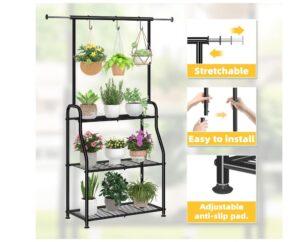
| Pros | Cons |
|---|---|
| Adjustable hanging rod fits various plant sizes | May be tall for very low ceilings |
| Durable metal frame resists rust | Limited color option (black) |
| Holds up to 15 pots, space-saving | Assembly requires some effort |
| Protective floor pads included | |
| Versatile for plants and storage |
This plant stand offers great brightness for your plants with open shelves, fits well in small spaces, and earns high satisfaction from users for durability and design.
Side-by-Side Comparison Table
| Feature | Shade Cloth | Greenhouse Paint |
|---|---|---|
| Installation | Easy, reusable | Requires painting/removal |
| Durability | 5–12 years (depending on quality) | Seasonal use |
| Cost | Moderate upfront | Low initial, recurring yearly |
| Flexibility | High (can adjust or remove anytime) | Low (fixed once applied) |
| Ventilation Impact | May block vents | Doesn’t block airflow |
| Best For | Long-term shading | Seasonal or budget-conscious growers |
Which One Should You Choose?
When I built my first greenhouse in Texas, I underestimated how quickly heat could build up inside. I tried greenhouse paint first.
It was easy to apply and gave me a quick fix during peak summer. But I found it lacked flexibility.
Once it dried, I couldn’t adjust it without scrubbing it off. That’s when I switched to shade cloth.
Shade cloth gave me control. I could reposition it depending on the time of day or weather. In cooler months, I removed it entirely.
In hotter climates like Arizona or Southern California, I recommend using 70 to 90 percent shade cloth for heat-sensitive crops.
In northern states, 40 to 60 percent works well for leafy greens and vegetables.
Your plant type matters. Orchids and ferns need heavy shading. Tomatoes and peppers prefer moderate light. If you grow a mix of crops, shade cloth lets you tailor coverage. Paint does not.
Budget also plays a role. Paint costs less upfront but requires reapplication every year. Shade cloth costs more initially but lasts several seasons if stored properly.
If you want a seasonal solution and don’t mind reapplying, paint works. If you want long-term flexibility, go with cloth. I’ve used both, and I now rely on cloth for most of my setups.
Tips for Maximizing Shading Efficiency
I’ve learned that combining methods can improve results. In one of my greenhouses, I used shade cloth externally and applied a light layer of paint inside.
This hybrid approach lowered temperatures by nearly 10 degrees Fahrenheit.
Use thermometers and hygrometers to monitor your greenhouse climate. I recommend digital models with remote sensors. They help you track changes and adjust shading as needed.
Clean your shade cloth regularly. Dust and debris reduce its effectiveness. I rinse mine monthly and store it in a sealed container during winter. That extends its lifespan and keeps pests away.
Conclusion
Shade cloth and greenhouse paint both offer benefits, but they serve different needs. Cloth gives you flexibility and durability. Paint offers a quick, affordable fix. Your climate, crops, and budget will guide your choice.
I’ve tested products like DirectShade 70 percent UV cloth and Vitax Summer Cloud paint. Both perform well, but cloth consistently gives me better control and results.
These sources offer updated comparisons and product recommendations tailored for U.S. growers.
Have you tried either method? I’d love to hear what worked for you.
Let’s connect and share ideas. I’ll keep updating this guide with fresh insights and reviews to help you make the best choice for your garden.

